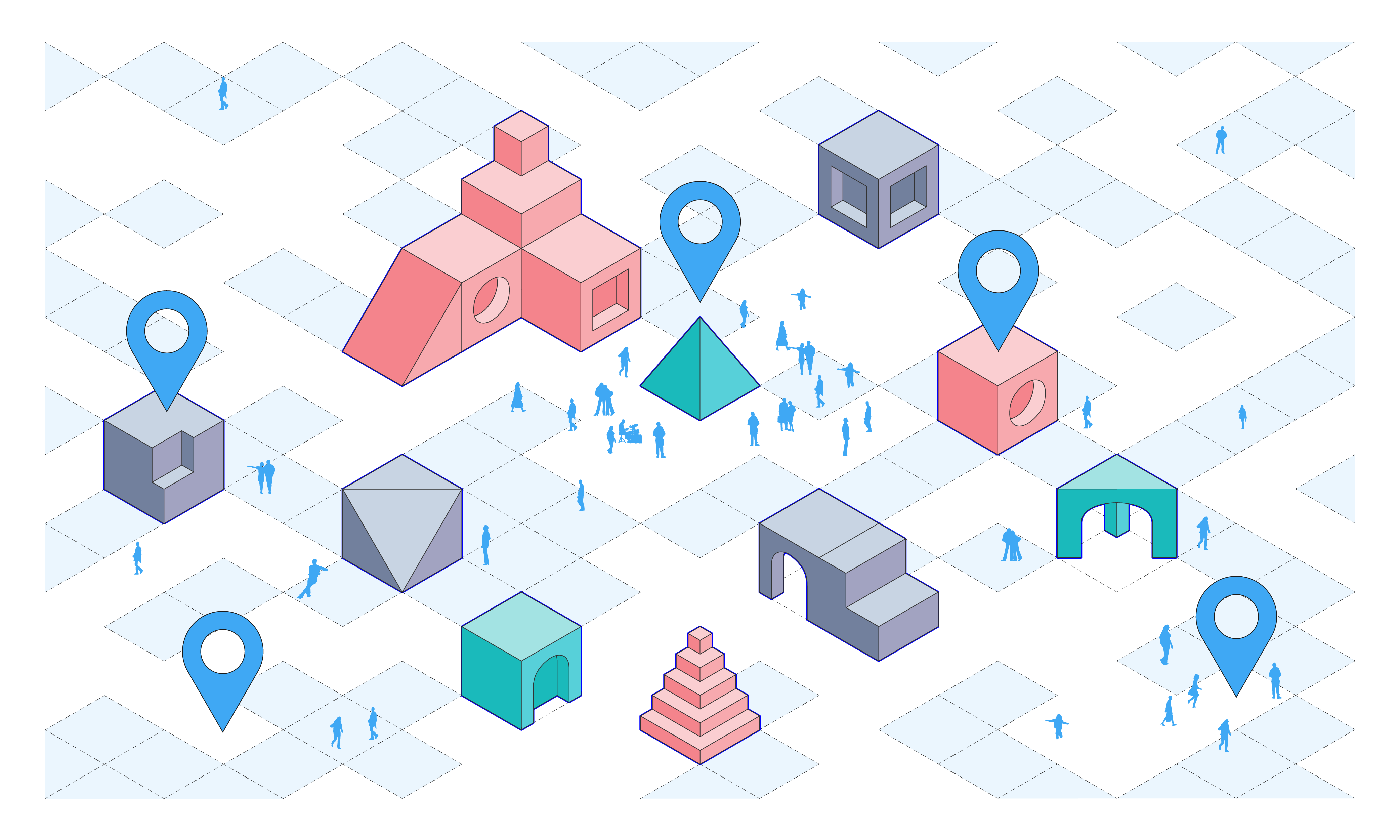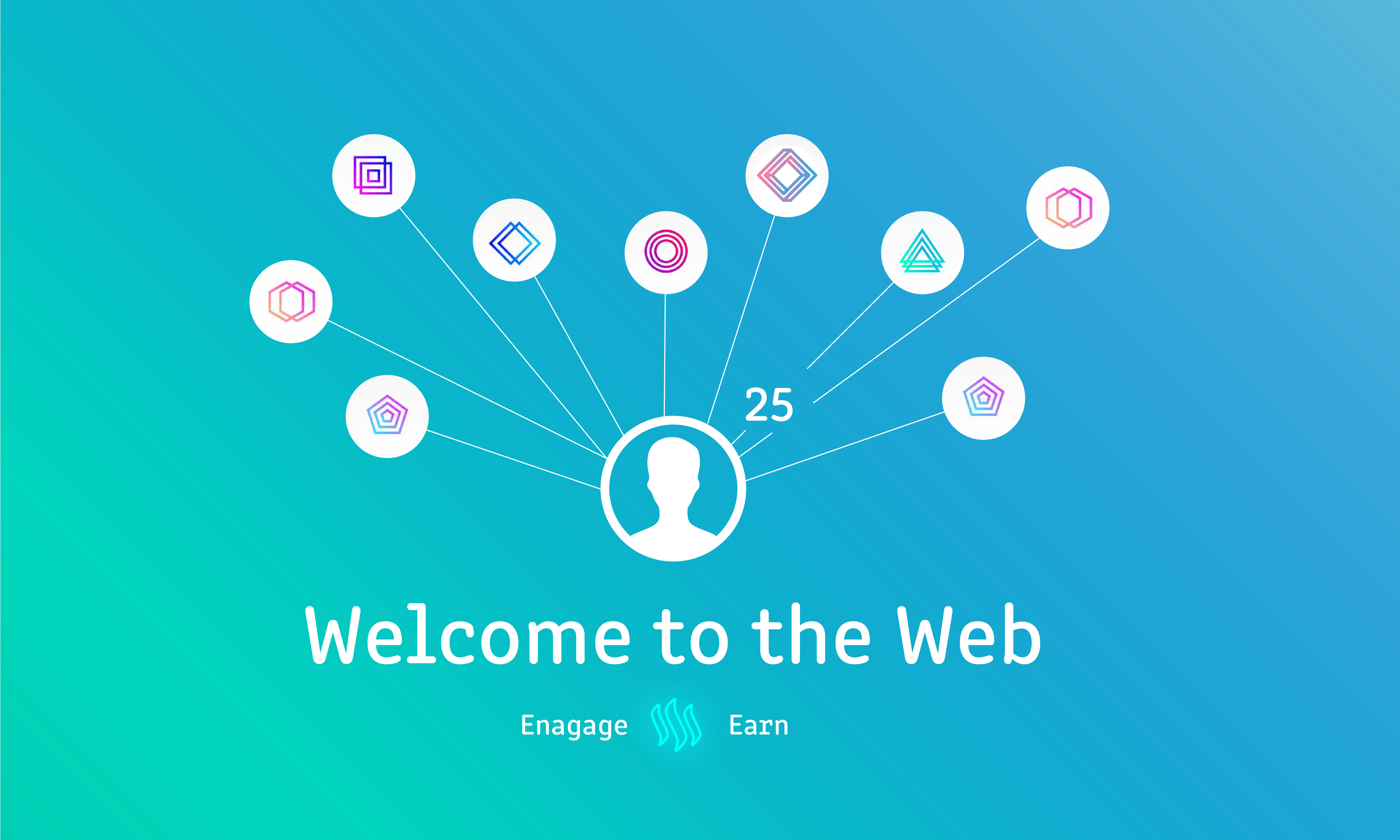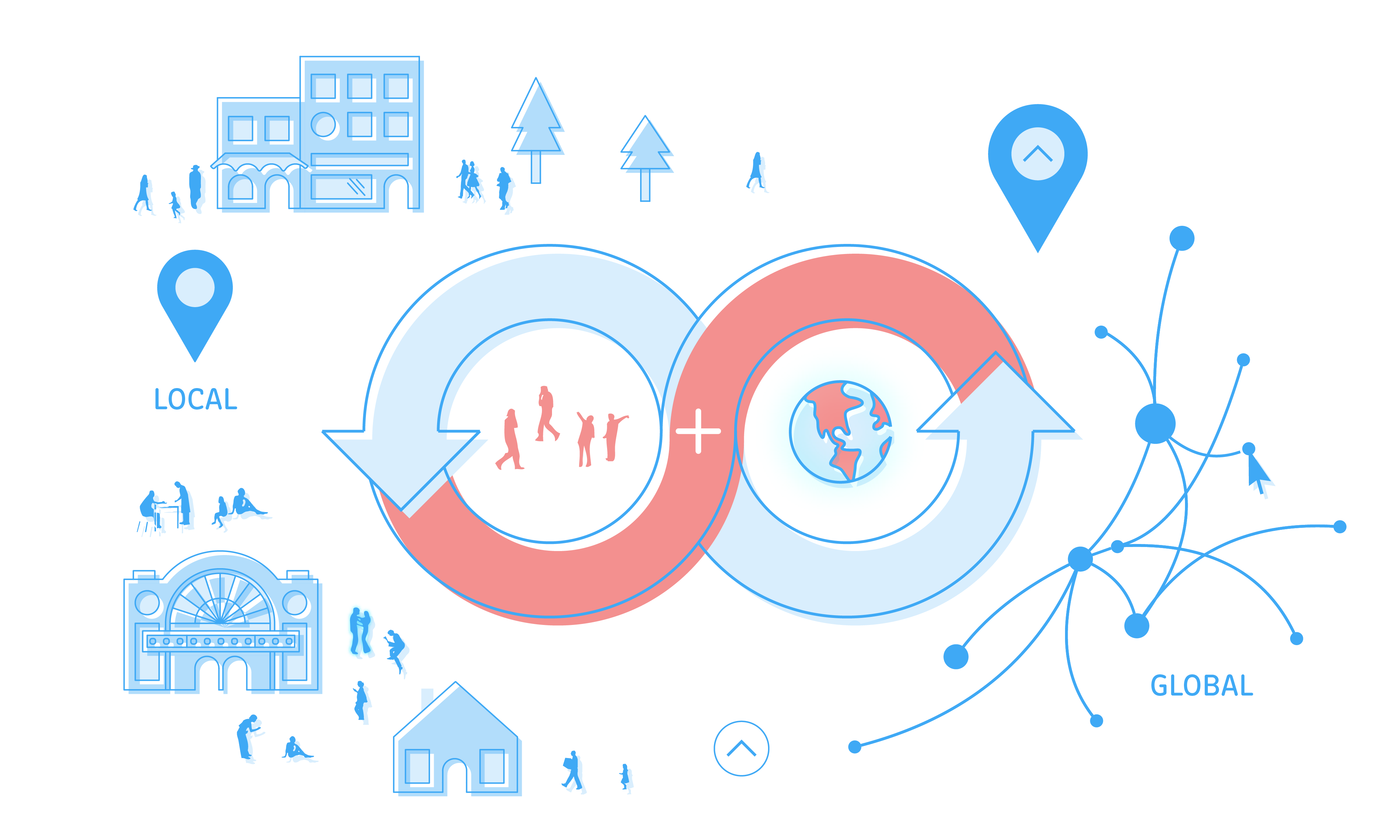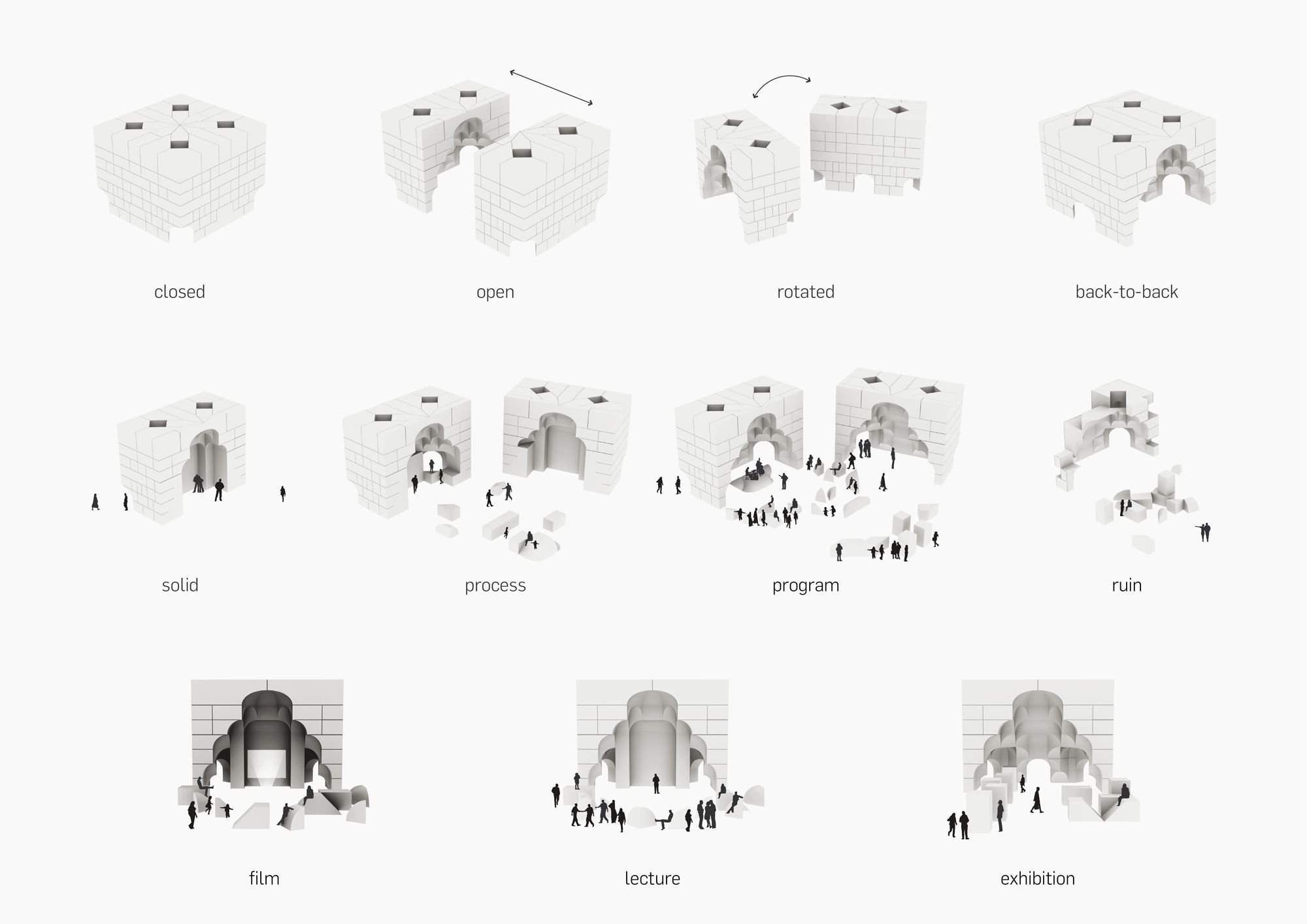
Thinking about Smart Public Spaces
In a recent post, @ned opened up a discussion surrounding the roles of Oracles within Smart Media Tokens. His quote (below) outlines the intention of tying real world actions with SMT reward pools. In this sense, Oracles might act as a kind of steward for determining and distributing tokens. Since we’re architects and urban designers by trade, this discussion sparked an interesting internal debate over how SMTs could be used to develop smart architecture and public spaces. In this post, we’ll discuss how Oracles and SMTs could become catalysts for intelligent cities in the 21st century.
“SMT Oracles are all about using real world events confirmations to construct SMT rewards pools around incentivizing real world actions, such as exercising, writing and coding, as well as unique traits such as identity and geography.” - @ned

“Real World Actions”
Smart Media Tokens will drastically alter the way in which we engage online content. This tokenization of the web will provide an infrastructure for each website to have their own local currency. With Steem as the scalable DPoS backbone, internet surfers will be able to explore (and earn) from website A to website Z. This exciting new fabric for the internet has implications far beyond your computer screen. SMTs can have exciting implications for the ways in which we socialize and communicate offline as well.
In the design world, kinetic architecture is becoming a disruptive tenant for the built 21st century. Movable buildings and public spaces are a reaction to the ethos of modern living today. Energy is more expensive and higher footprints are far less sustainable. With a fiscal eye on the lifespan of a building, solar and wind powered architecture are becoming more accepted. Buildings are also becoming more adaptable in their fabrication and construction. Modular architecture has manifested as a result (in part) in response to denser cities, ideas for affordable living, and a flexible younger workforce that is inherently less monogamous (with respect to their “homebase”) than the previous generation. Younger professionals are more project oriented where their parents were more focused on long-term careers and pensions. There’s a nomadic culture there that has big implications for housing and the evolution of urban environments.
So, how does this new culture relate back to Oracles and SMTs? @sndbox is exploring ways to incentivize engagement with physical spaces. We’re in New York after all, where plazas, parks and pop-ups are the life-blood of a city as diverse and dynamic as the Big Apple. We’ve asked ourselves; how might these social spaces benefit from something like Smart Media Tokens?

Here's an example of kinetic architecture in action. "SHED" is an example in New York City (under construction) designed by Diller Scofidio + Renfro in collaboration with Rockwell Group.
The Shed’s 200,000-square-foot home comprises an eight-level base structure and a telescoping outer shell. The base building holds two expansive, column-free galleries totaling 25,000 square feet of museum-quality space; a 500-seat black-box theater that can be subdivided into even more intimate spaces; event and rehearsal space; and a creative lab that will be provided free to early-career local artists. - Learn more, here.
A Pop Up Art Exhibition
If Oracles can be Stewards for defining real-world activity, imagine if you could receive tokens for participating or attending an art exhibition in Central Park? A step further, what if that art installation could react according to the SMT pool being distributed - live - as attendees interact with it?

Integrating Physical Architecture with SMTs
In this scenario, public art might be able to not only reward you for your engagement, but evolve alongside your participation. Depending on the number of attendees at a pop-up; a sculpture could morph between a shelter, to a bench, to a stage.
Here’s an example below of a kinetic design project (by @voronoi) in partnership with KWY in Berlin. The sculpture’s building blocks are rearranged to accommodate activity, dependent on the number of people on site. In theory, an Oracle might be able to determine the number of people in attendance. Once that attendance reaches a particular threshold (say 50 visitors) the Oracle would signal the sculpture to adapt to accommodate a stage for a performance. A 50 visitor threshold would yield X number of votes / tokens, which would warrant the energy cost needed for the architecture to morph into something new. This could be an exciting way to design parameters for public projects and develop Smart Spaces.

Cities and the social spaces that define them are waiting for smarter solutions. Blockchain provides an intelligent infrastructure for urban environments to mature and learn from one another. Steem could very well become the ultimate token to gamify how we explore and empower the neighborhoods we’re surrounded by. The pairing of cryptocurrency with social media is a catalyst that has a huge opportunity to bridge the gap between how we live digitally and physically. We are heading towards an exciting future alongside a more collaborative built-environment.
Want to support Steemit content like this? Consider joining our curation trail! You can learn more about the @sndbox incubator mission here.


